Title III funds have been appropriated to enhance and develop multiple projects throughout the Prairie View A&M University campus. Title III funds have served to strengthen and amplify the academic and scholarly experiences of our faculty, researchers, staff, and students. The affirmation of the stewardship of the funds can be seen in laboratories, classrooms, building renovations, and more. View some of the completed Title III projects supported in the recent past here.
Enhancing Political Science Classroom Instruction through a Smart Classroom

Prairie View A&M University has embarked upon an aggressive program to promote technology in the classroom to enhance curriculum instruction and improve student learning. This proposed activity, installing a smart classroom in the Woolfolk Building, where many political science and other social science courses are taught, will address some elements of that educational strategy.
Through the use of these technology instruments, the Political Science faculty will be able to: 1) revise their Political Science Program to include more Internet- and video-based training of students; and; 2) update their individual syllabi to include more active-learning exercises for the students. Furthermore, this activity will enable students to augment their educational experiences through 1) intensified interactions with the global community; and 2) increased active-learning opportunities.
Astronomy and Astrophysics Imaging Program at Prairie View A&M University
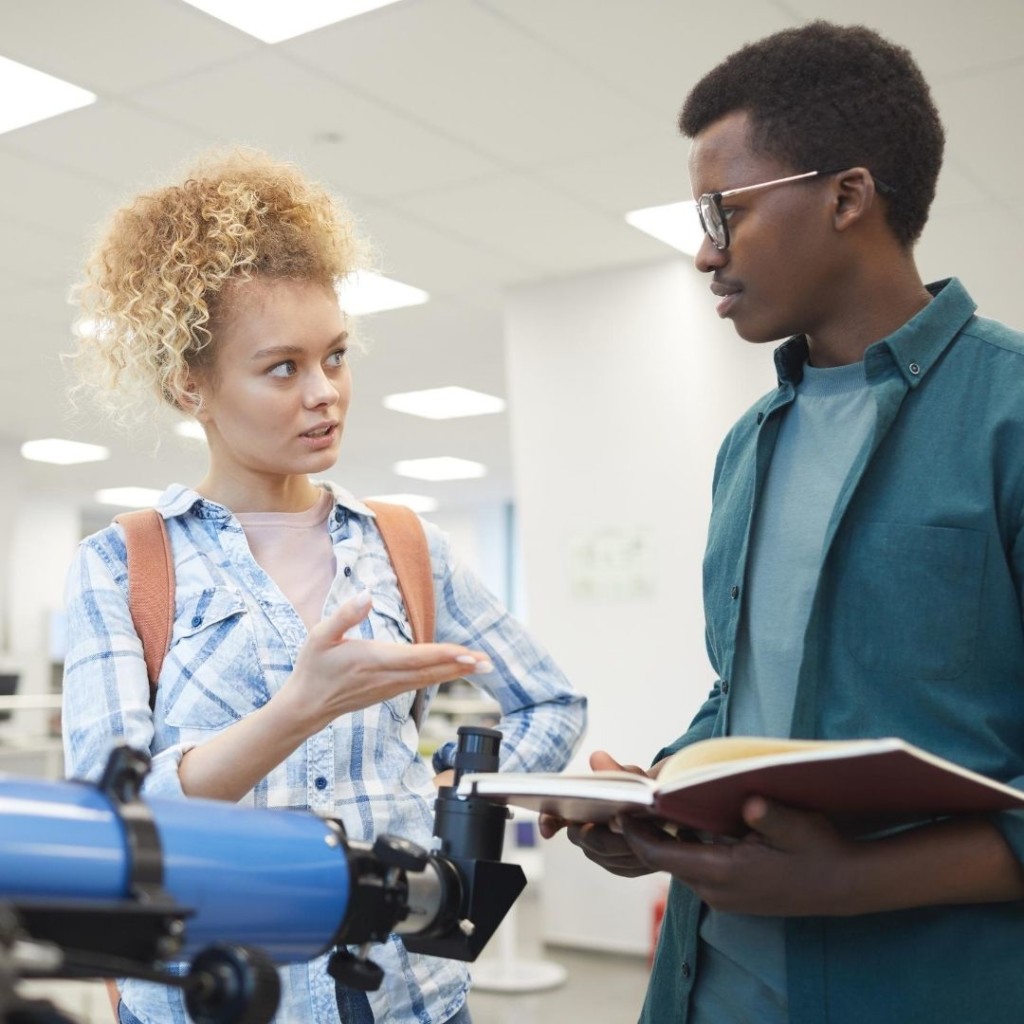
In recent years, there has been a significant increase in the number of physics majors at PVAMU. We currently have 25 physics majors, including double majors. As such, we need a support structure (in terms of academic excellence and research opportunities) for these majors to complete their degrees, and the astronomy component is a popular and competitive aspect of this structure. In addition, to serve our existing majors, implementing and increasing an astronomical presence within the program will appeal to a broader audience: education majors planning to teach science, chemistry majors looking for another application for their subject area including spectroscopic applications, visiting teachers and students (e.g., summer programs, academic year visits from Texas schools, etc.) and future physics majors. As a central part of this activity, we plan to erect a small observatory to serve as a multi-faceted, primarily nighttime (but with a daytime, solar component) teaching-learning-research observatory that will be used by science students in collaboration with existing and future research projects. Some examples of these projects include senior research and capstone requirements of majors as well as the upcoming lunar mission LADEE (Lunar Atmosphere and Dust Environment Explorer). NASA-Ames research center (the institution in charge of LADEE) has requested collaboration between their program and our physics majors. They would like to have a network of ground-based observatories monitor the moon in support of this mission, set to launch in July 2013.
Biology Enhancement through Science Technology (BEST)
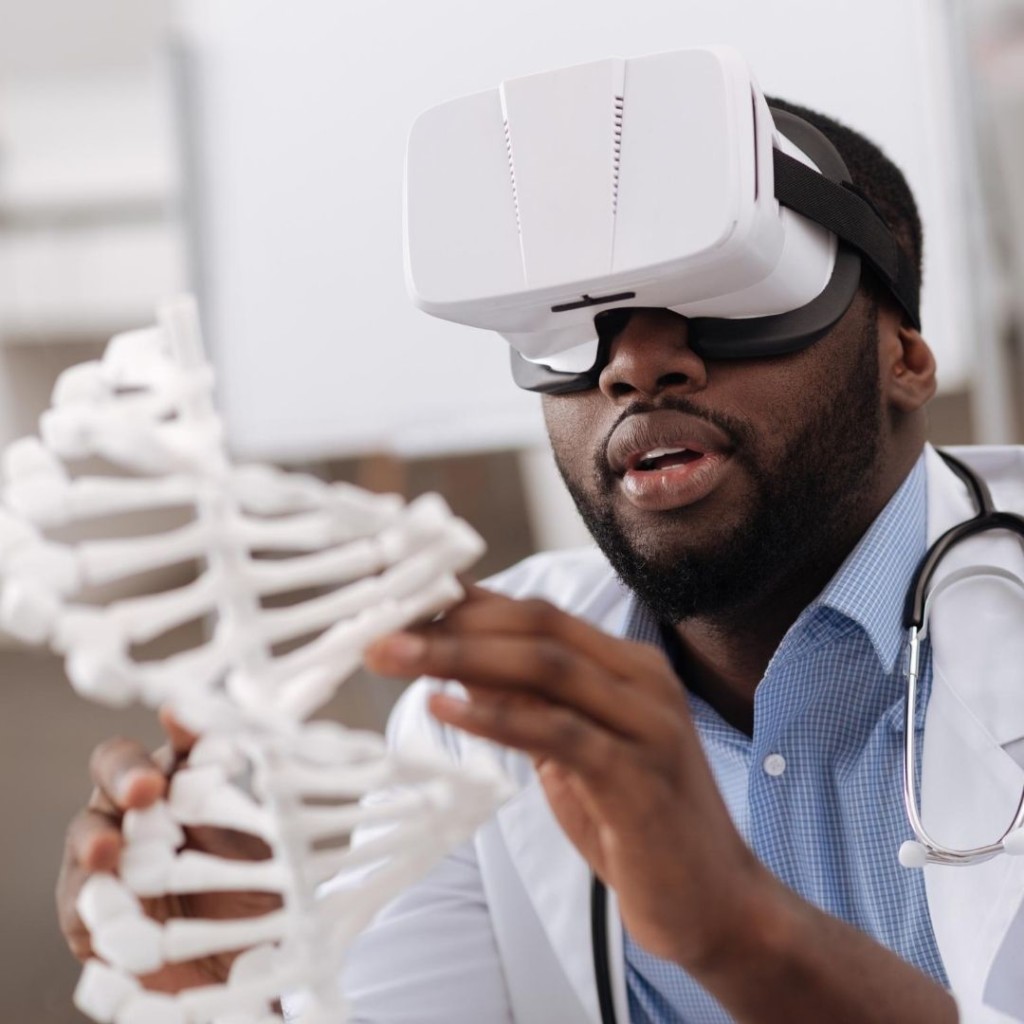
Part I of the grant will develop a Learning Enrichment center to provide tutoring, testing strategies to prepare for examinations for professional school (GRE, MCAT, DAT, and PCAT) and external learning materials for the undergraduate students in the biology department. Part 1 will also design and institute a gross anatomy lab using human cadavers. The use of human cadavers on PVAMU’s campus will allow the faculty at PVAMU an opportunity to effectively teach the student how the human body works in our Gross anatomy course, which is offered as a upper-division course. Part 2 will provide support to establish partnerships with area high school science departments throughout the academic year. The proposed activities will provide year round academic enhancement in scientific education for area high schools. The faculty will travel to the area schools and perform experimentation for hands-on activities. These activities will provide student and teacher development by engaging teachers and students in mainstream research projects with researchers in the department of biology. Part 3 will provide opportunities for faculty members to attend professional meetings and develop partnerships with other universities. The proposed objectives will enhance the overall teaching, retention of students, and continue the rich tradition of producing scholars from the Biology department.
Meeting the Challenge of Reduced Clinical Placements: Learning Experiences in a Human Patient Simulation Laboratory
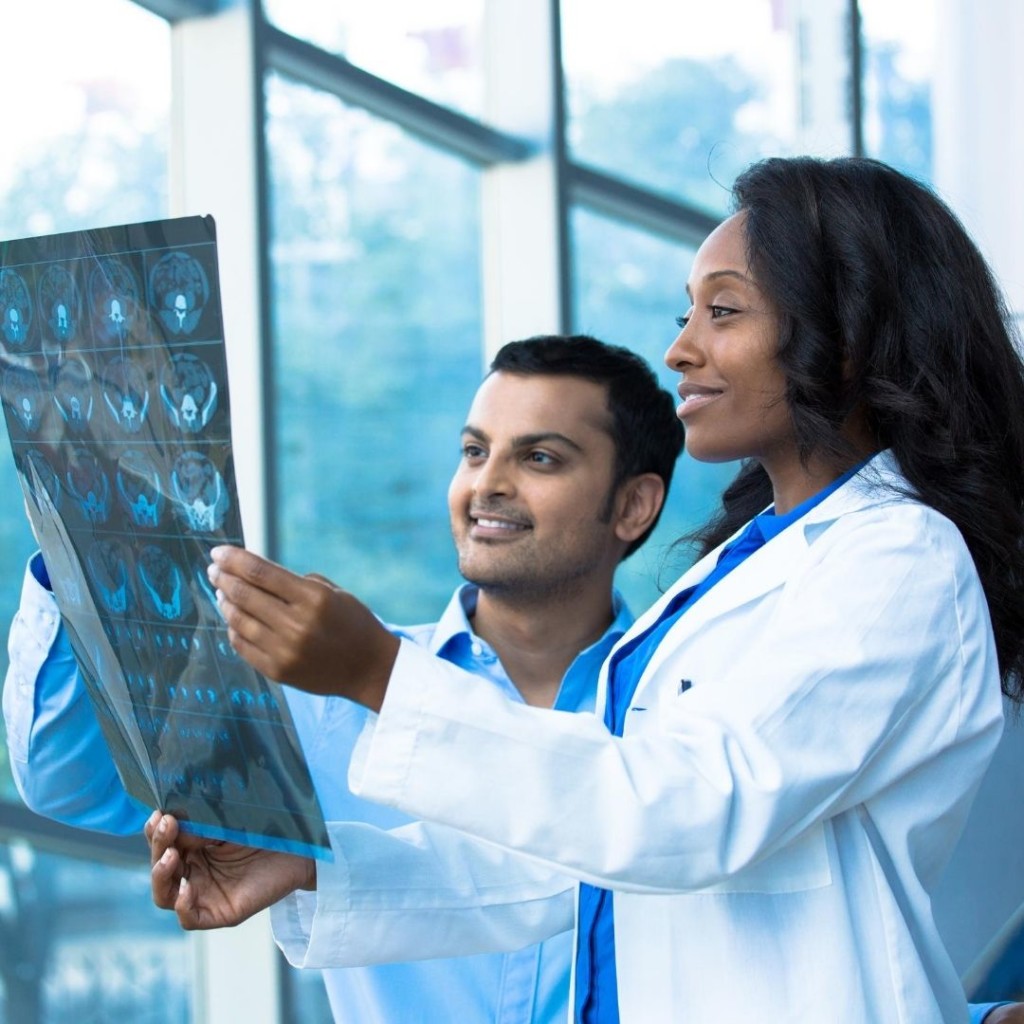
The State of Texas has a critical shortage of registered nurses prepared to meet the health care needs of its citizens. The College of Nursing, along with other programs in the State, has increased enrollment in response to the need for more nurses.
The purpose of this activity is to provide students the opportunity to apply knowledge and develop clinical skills in a Human Patient Simulation Laboratory when clinical experiences in the health care setting are limited. This project will enable the faculty to evaluate the knowledge and clinical competency outcomes when using simulations as an alternative to experiences in the health care environment in courses across the curriculum and program graduates in the health care setting. Project faculty will evaluate clinical competency outcomes at the end of courses across the curriculum and the performance of graduates to determine the effectiveness of this strategy to prepare professional registered nurses.
PVAMU. School of Architecture (SOA) Applied Research and Design Center Program

The goal of this activity is to enhance the quality of the School of Architecture’s educational programs by engaging students in a collaborative environment where they respond to the needs and changes of local and regional communities. Through this activity, the School of Architecture will provide students with valuable real-world client-based design experiences as well as prepare them for significant roles as practitioners, developers, and leaders in the community. This activity will encompass two areas: Architecture and Digital Media Arts.
The primary objective of the Architecture component is to offer students a comprehensive learning experience through the infusion of engagement and an experience-based curriculum. By engaging students in real-world design problems with actual constraints and consequences, they will be better prepared to deal with similar situations as professionals. Furthermore, the School of Architecture will be able to assist local and regional communities and other groups seeking documentation and design services for their historic preservation as well as restoration/renovation projects.
Enhancement of the Ph.D. Program in Electrical Engineering

The Doctor of Philosophy Degree in Electrical Engineering at Prairie View A&M University provides a career focus in four areas of concentration: Computer Engineering, Communications/Signal Processing, Microelectronics, and Electrical Power and Energy Systems. For our students to stay competitive, courses must be regularly updated with current information as well as technology. Funds will be used to purchase instructional and research application software for the 39 courses in the Ph.D. Electrical Engineering Curriculum. Moreover, the College of Engineering is committed to increasing the number of minority students who complete the Ph.D. in Electrical Engineering. To accomplish this, Title III funds will be used to provide selected graduate students with financial assistance that will cover tuition, fees, books, and living expenses.
Engaging Doctor in Nursing (DNP) Students to Drive Program Success
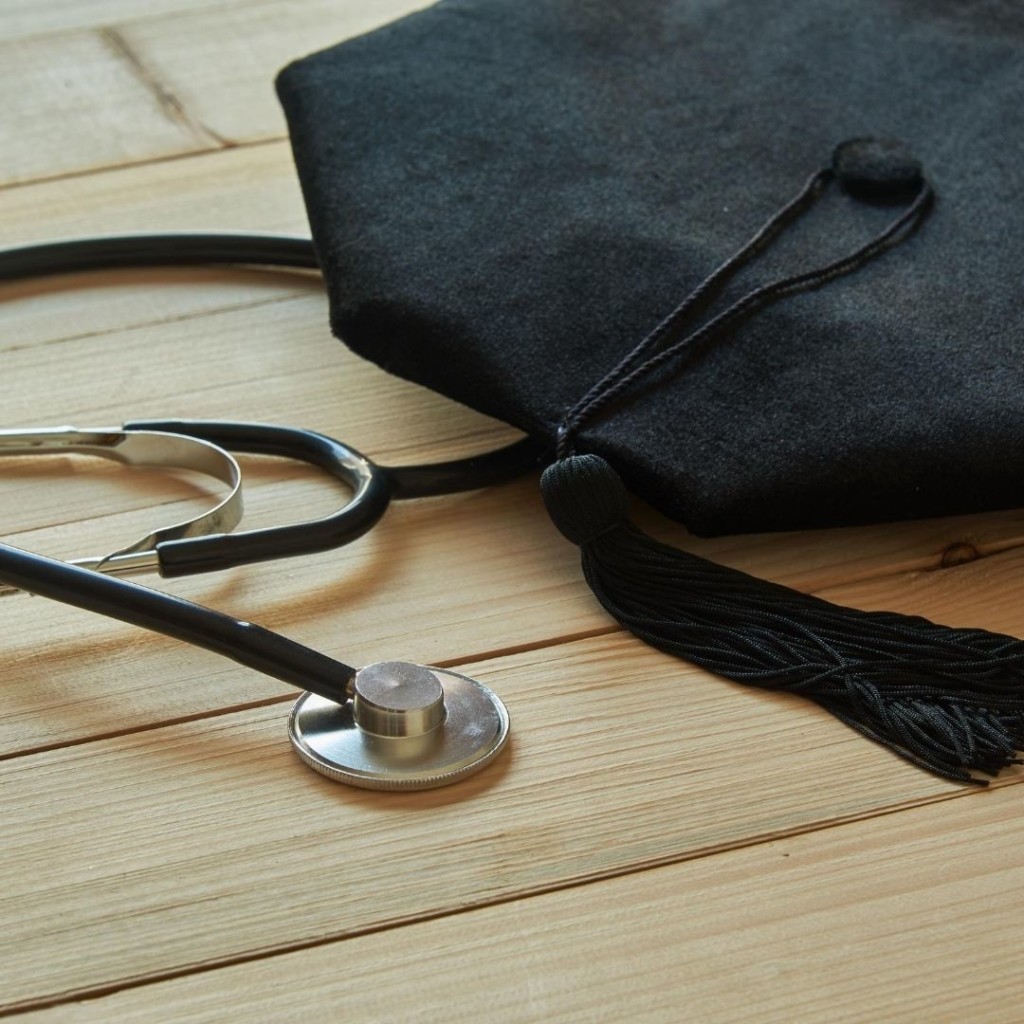
Prairie View A&M University College of Nursing (CON) offers a Doctor of Nursing Practice (DNP) degree for post-masters family nurse practitioners. The purpose of the DNP program is to graduate a racially and ethnically diverse cadre of advanced nursing professionals who are able to translate health-related research into health care practice, shape systems of care, influence health care organizations to improve staff performance using informatics and quality improvement models, and enhance individual health care needed to serve populations. In order to achieve this purpose, the CON must recruit, retain, and graduate individuals from ethnic minority groups. The program will include activities discussed as promising practices in the 7-year project, Ph.D. Completion Project, sponsored by the Council of Graduate Schools to address issues surrounding Ph.D. completion and attrition. Some of the activities are tracking students’ progress, providing an advising and mentoring program, and surveying students regarding engagement strategies. The CON will use the funds to employ a program coordinator. The program coordinator will provide a range of services such as overseeing the operations of the program, monitoring individual student’s progress, and assisting with conducting information gathering for the purpose of evaluating and adjusting program activities when necessary.
Open Source and Quality Assurance in the Virtual Online Environment at Prairie View A&M University
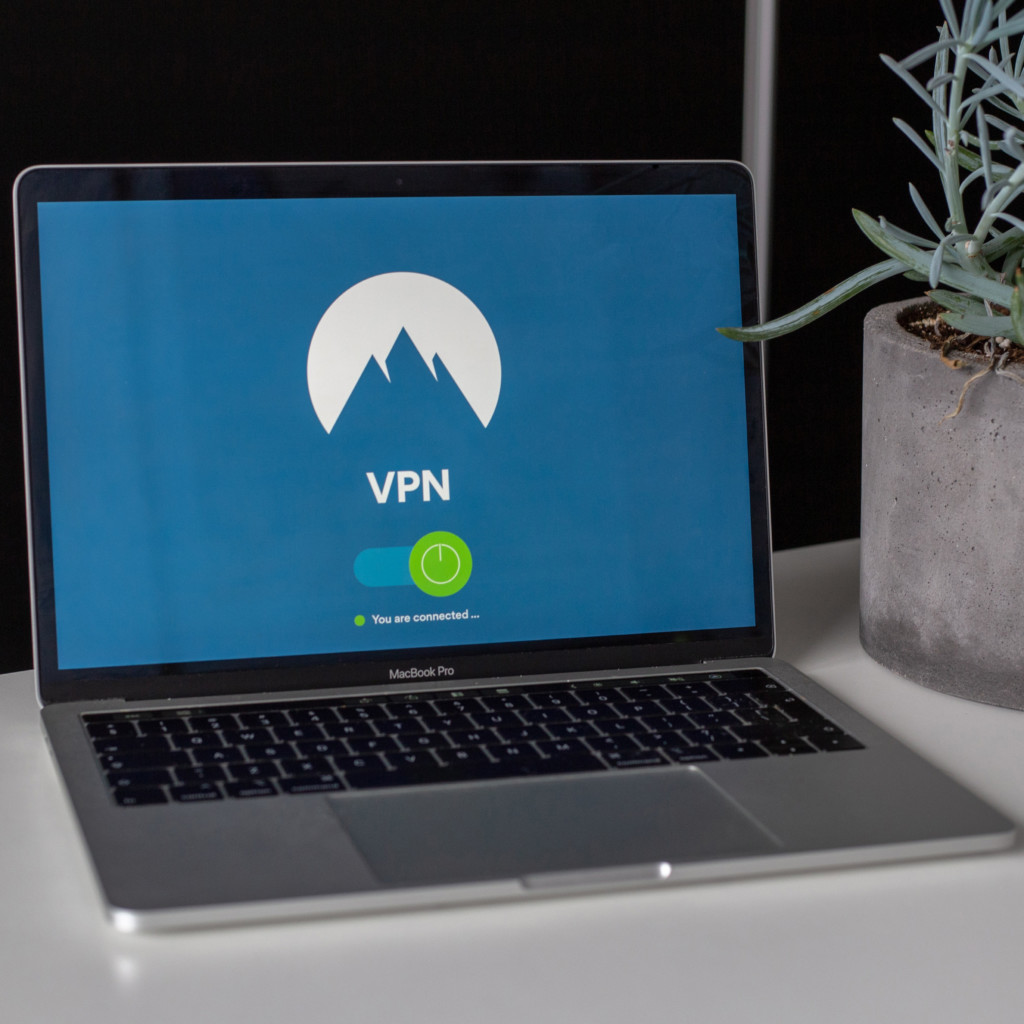
Prairie View A&M University has embarked upon an aggressive plan to infuse technology into its educational programs. This is a central element of the University’s desire to increase student learning and to provide opportunities for faculty and student involvement in the latest technology innovations. The University has adopted a delivery system that includes the Software-as-a-Service (SaaS) model for delivering its primary Open Source Learning Management System (LMS), Moodle. The adoption of this Open Source LMS has provided a level of flexibility and innovation that would not have been possible with our earlier proprietary system. This model also significantly reduces cost because it does not require the purchase and deployment of new infrastructure and the hiring of new personnel. This model further frees the existing Distance Learning staff to concentrate on user support and new course development.
The creation of Virtual Computing Laboratories (VCL) will provide this much-needed support for online students. There are additional major environmental impacts associated with this virtual system. In the local environment, there is the opportunity to reduce wasted printing resources, to utilize energy-efficient desktop and server computer equipment, and to move to a more energy-efficient Data Center.
The specific elements addressed in this activity are eCourses (Moodle Learning Management System), a Quality Assessment System, and a Virtual Computing Laboratory environment.
PV Faculty Advancement and Curriculum Enhancement
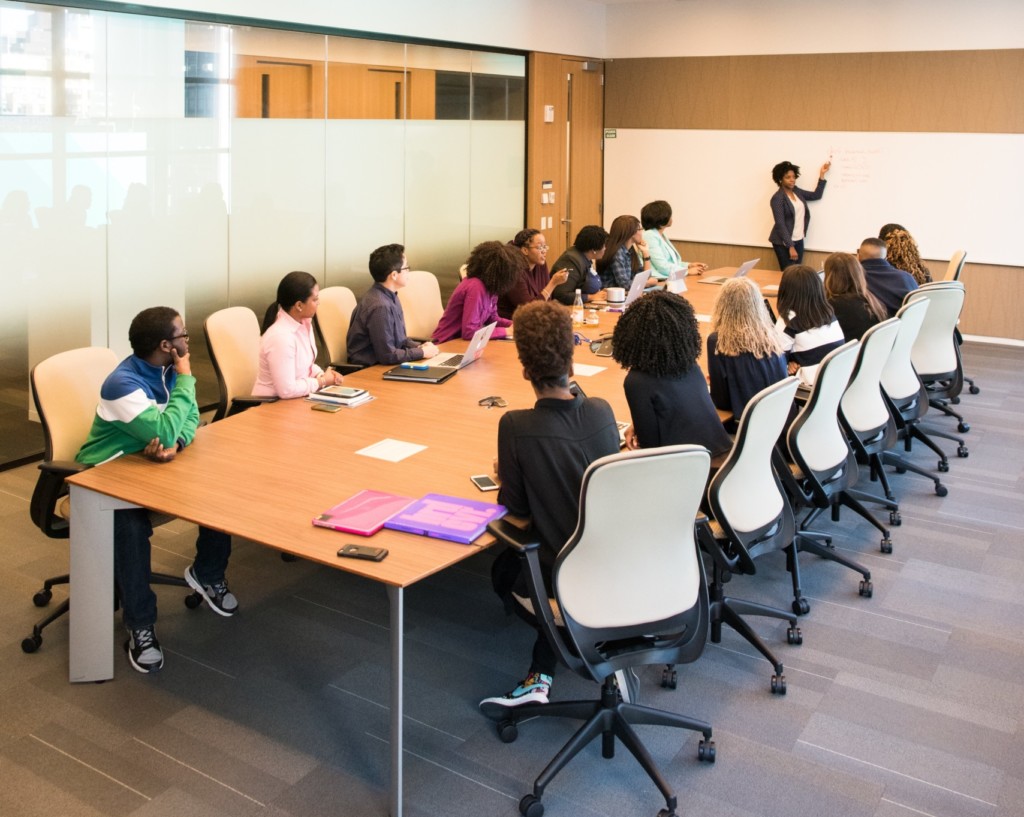
Activity Overview: Prairie View A&M University, a state-supported 1890 institution with a mission focused on teaching, research, and service, implemented a Title III activity devoted to faculty and professional staff development. This activity was designed to expand the awareness of best practices, enhance in and out of class teaching strategies, and provide the latest technologies available for instructional purposes to the Prairie View A&M faculty and professional staff.
Activity Outcomes: Over the last three years, this activity has provided support for many faculty members to participate in on and off-campus faculty development activities. Those activities have included specific content professional development workshops as well as pedagogy workshops that span the disciplines. Trainings provided through these activities provided the necessary tools to incorporate new instructional strategies and improve on those currently used. On-campus trainings were done in individual and small and large group settings. A series of webinars were provided with follow up conversations on selected topics. Professional staff attended software training workshops and selected staff attended off-campus professional development workshops
Activity Impact: To summarize the impact and outcome of this activity, faculty participation in faculty development activities increased over 50% percent each year during the three year period. Sabbatical participation increased by 200% each year and the use of technology showed a 100% usage of all equipment available.
